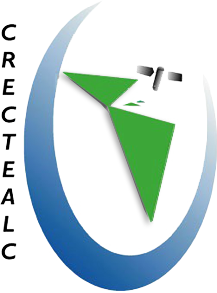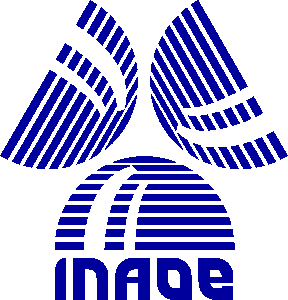The National Institute for Astrophysics, Optics and Electronics (INAOE) is a member of the International Asteroid Warning Network (IAWN), an independent network established in 2014 under the auspices of the United Nations Committee on the Peaceful Uses of Outer Space. IAWN aims to establish a worldwide effort to detect, track, and physically characterize near-Earth objects (NEOs) to determine those that are potential impact threats to Earth. Towards this goal, IAWN partners perform observations, orbit computation, modeling, and other scientific research related to the impact potential and possible effects of an asteroid impact to Earth. IAWN endeavors to foster a shared understanding of the NEO hazard and optimize the scientific return on these small celestial bodies.
In the Statement of Intent signed by INAOE in January of 2016 to join IAWN, the Institute offered the full time use of its 76cm Schmidt Camera located in Tonantzintla, Puebla for follow-up precision astrometry, photometric light curves and determination of orbit rotation period, shape and spin axis orientation of asteroids. INAOE has also offered part-time use of its 2.1m telescope located at its Astrophysical Observatory Guillermo Haro (OAGH) located in Cananea, Sonora for low resolution optical and near infrared spectroscopic observations, precision astrometry for orbital and visible albedo determination. In signing the Statement of Intent, INAOE accepts the existing set of coordination roles amongst the various existing NEO network facilities and agrees to a policy of free and open communication. In this work, INAOE is assisted by the Mexico Campus of the Regional Centre for Space Science and Technology for Latin America and the Caribbean, (CRECTEALC).
The optical spectra of more than 100 NEAs obtained with the 2.1m telescope of the OAGH using a Boller & Chivens spectrograph with a Site600 1024 x 1024 pixels CCD and a low-resolution diffraction grating of 50 l/mm that provides a dispersion of 9.9 Angstrom/pixel and a spectral coverage in the range of 4000 to 10000 Angstroms can be found here. INAOE conducts research in the determination of the taxonomic classes to which observed NEAs belong in the field of Space and Interplanetary Environment of its master´s degree program in Space Science and Technology.


